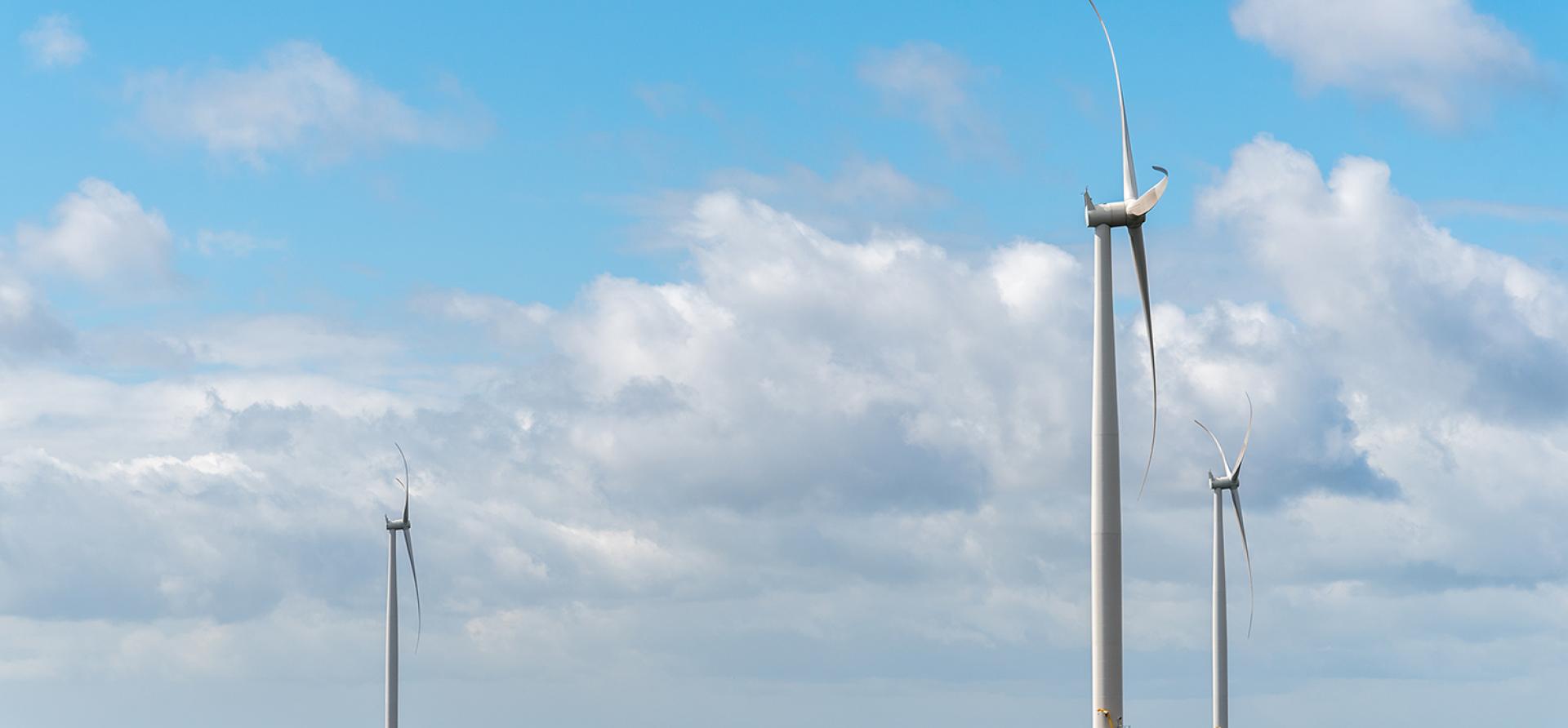
Key Findings
Offshore wind is a small industry by comparison to onshore wind. Offshore farm developers are using larger offshore turbines to cut construction, infrastructure, and maintenance costs and lower the cost of offshore wind power.
While global players with large units increasingly struggle in a competitive landscape, Chinese players are thriving from domestic policy, raw materials supply, and supply chain strength.
As a new competitor with world class designs and ample capital at its disposal, Mingyang would help drive turbine sizes higher and offshore wind power prices lower.
Executive Summary
The offshore wind turbine industry has traditionally split between China and the rest of the world, with different players in each. However, China’s Mingyang Smart Energy (Mingyang) appears poised to disrupt international, non-Chinese markets at a vulnerable time for established competitors. Mingyang’s entry into non-Chinese markets is welcome. As a new competitor with world class designs and ample capital at its disposal, Mingyang would help drive turbine sizes higher and offshore wind power prices lower. Mingyang’s entry into international markets would benefit a global offshore wind turbine industry dominated by three players.
Mingyang has established itself for its in-house research and development pushing the boundaries on larger capacity offshore wind turbines and blades. If Mingyang succeeds in its UK production facility investment, the global offshore wind industry could change significantly by the end of this decade.
Offshore wind is a small industry by comparison to onshore wind. The market profiles of the two are distinct, with onshore wind fragmented and offshore wind a near duopoly. Offshore wind enjoys substantial interest from countries, states, and municipalities as a clean power source, close to coastal population centers, able to keep the associated jobs and economics within their jurisdictions.
Offshore projects generally cost more than onshore farms due to construction and maintenance challenges that raise the cost of capital for a project. The solution has been to build larger turbine sizes which cut back the number of turbines. Floating wind would offer opportunities for even larger turbine sizes, but commercial deployment is unlikely until 2025. To build taller towers with longer blades, there have been advances in turbine technology designed to minimize the weight of the generator at the hub of the blades and the main shaft.
China became the world’s largest offshore wind industry in 2021. While China’s solar industry grew originally from European demand, the country’s wind industry grew out of domestic demand, raw materials advantages, and an import substitution effort by the government.Chinese offshore wind industry is expected to grow to nearly 120GW by 2030. Shanghai Electric (SEWind) is the country’s largest supplier of offshore turbines, but much of that is off of technology licenses from Siemens Gamesa.
Mingyang is China’s most formidable offshore turbine supplier. Since 2020, one of out every five turbines installed offshore was a Mingyang model. The company has focused on developing technologies necessary to make larger offshore turbines, and was the largest supplier of turbines larger than 5MW in the world in 2021.
The company runs a conservative balance sheet and has raised capital wisely. It has consistently maintained ample cash to fund R&D and business development. It earns most from its larger turbine sales as well, with an estimated USD1m margin on every 6MW+ model. Mingyang is now preparing to venture out and has recently raised equity in London that can be used to fund a turbine assembly and blade manufacturing facility in the UK.
This couldn’t come at a worse time for incumbents like Vestas, GE, and Siemens Gamesa. All three have seen a drastic fall of operating margins in the wake of higher commodity and transport prices. Siemens Gamesa and GE are also both on the cusp of potentially significantly disruptive reorganization efforts that would see Siemens Gamesa acquired while GE spins out its power unit as GE Vernova.
As Mingyang ventures abroad, it faces markets which are expected to add more capacity between 2025-30 than near term. Rather than defending its nearby East Asian neighbor markets, Mingyang has a chance to go big on offense in the UK and potentially other continental European markets. If Mingyang is successful in this UK expansion effort, it could be a game-changer for the company and the global offshore wind industry.















